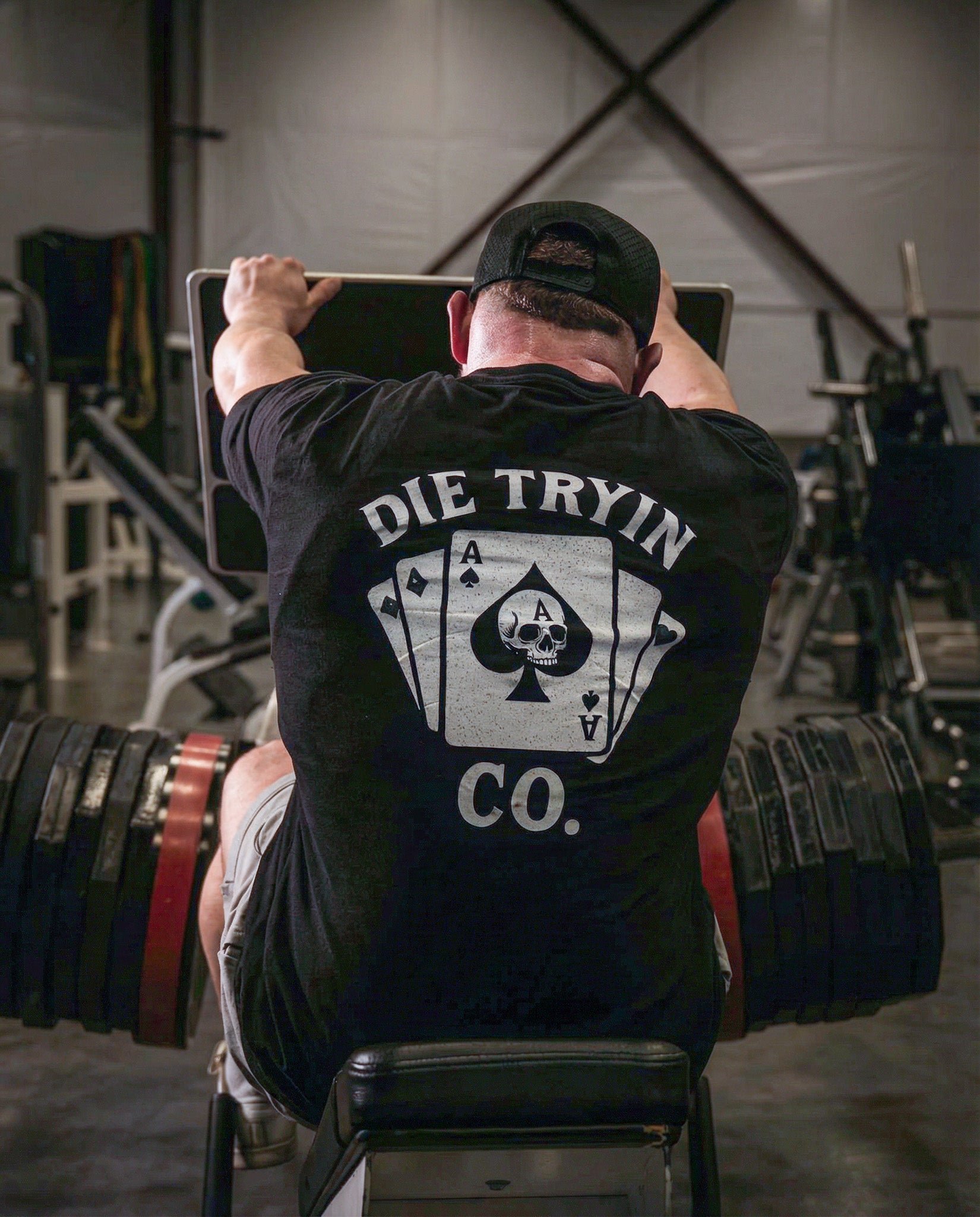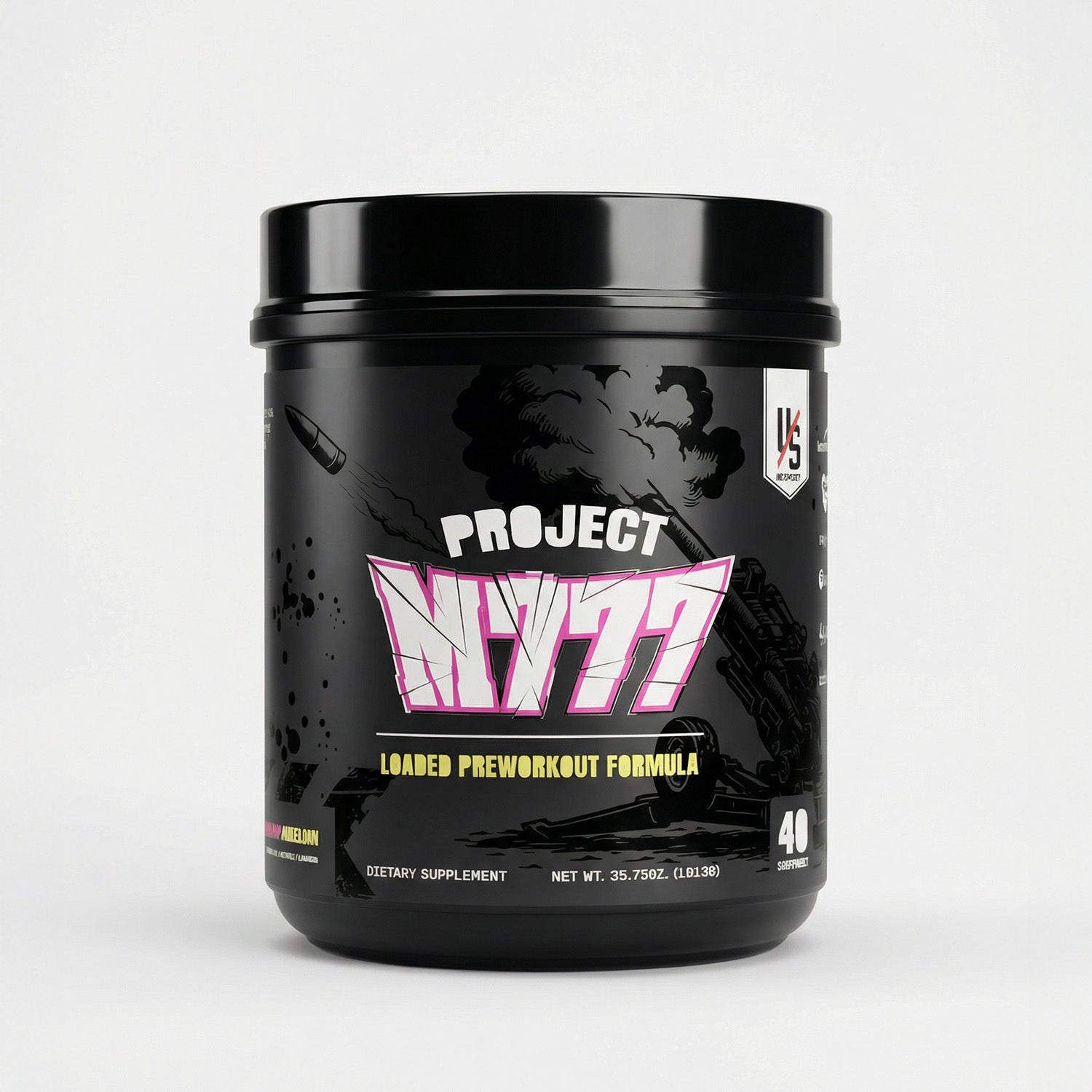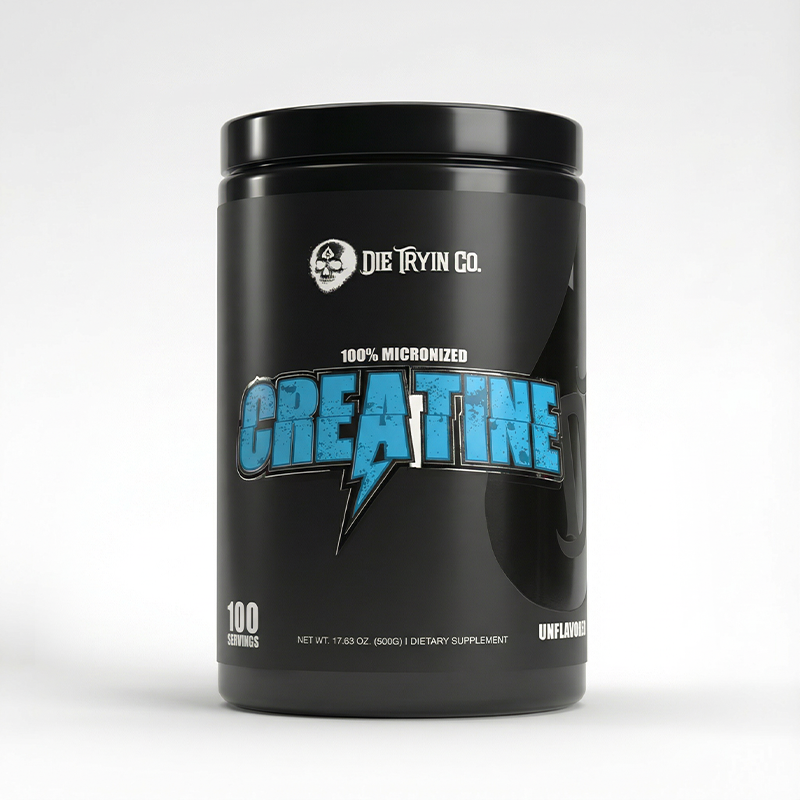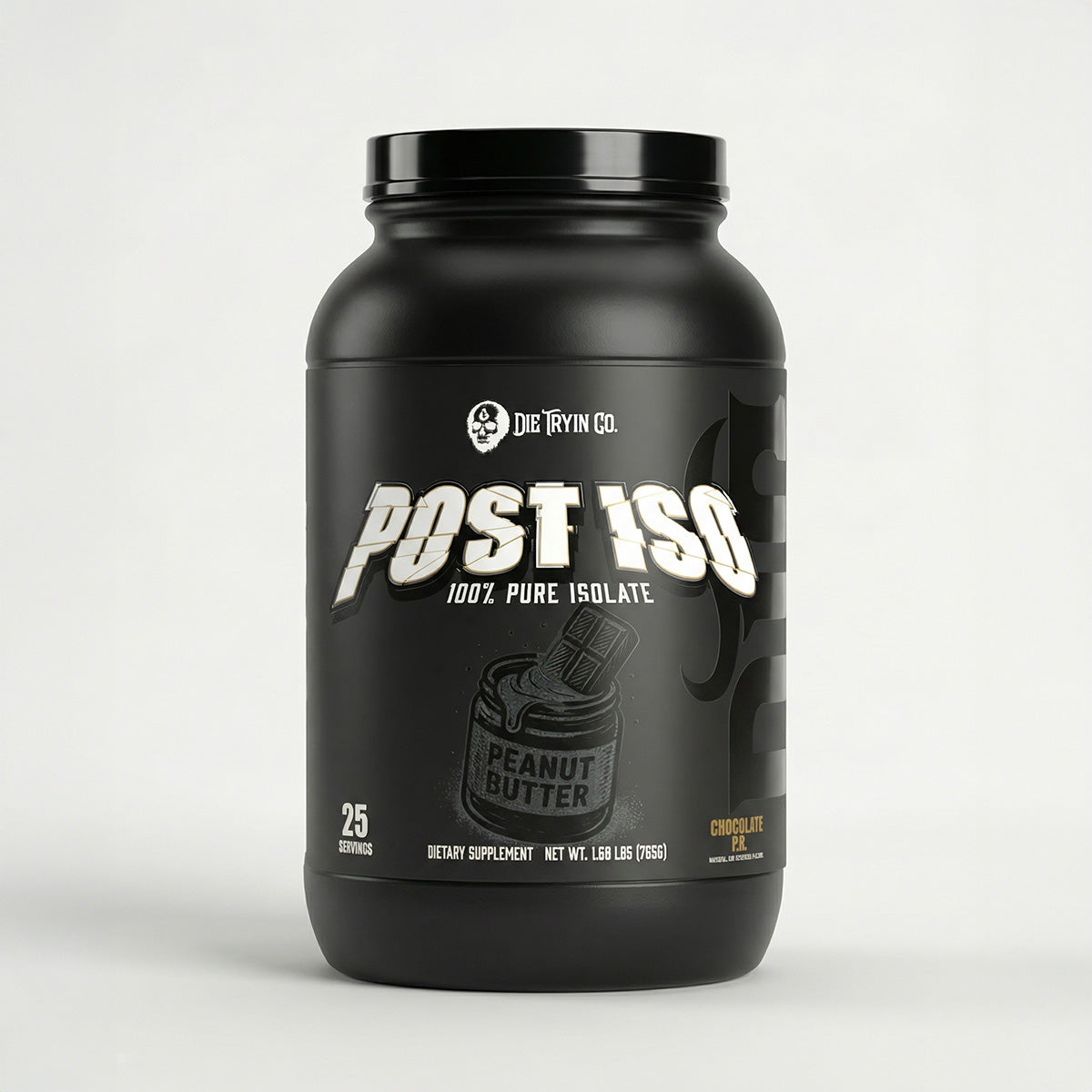If you’ve spent any time in the gym, you’ve probably heard debates about the “best” time to train. Some lifters swear by morning sessions to jumpstart their day, while others argue that evening workouts lead to better gains and performance.
The truth? Both morning and evening lifting have distinct advantages backed by science. The right choice depends on your goals, your schedule, and even your biology. Let’s break down the pros and cons of each according to current research.
Morning Lifting
1. Consistency and Habit Formation
Morning workouts often win when it comes to building long-term consistency. A study published in Health Psychology (2014) tracked participants’ exercise habits and found that those who trained earlier in the day were more likely to stick to their routines long-term. The reason is simple: fewer distractions and competing obligations compared to later in the day.
If you struggle with staying disciplined or constantly “running out of time” for the gym, mornings can help eliminate excuses.
2. Fat Burning and Metabolism
Fasted morning training has been shown to increase fat oxidation. A 2019 study in the European Journal of Applied Physiology found that participants who trained in the morning, especially before eating, burned a greater percentage of fat compared to those training later in the day.
This doesn’t mean you’ll automatically lose more fat just by training early—but for people in a cutting phase, combining morning resistance training with proper nutrition can amplify results.
3. Mental Clarity and Energy for the Day
Exercise in the morning boosts endorphins, dopamine, and serotonin—neurotransmitters that regulate mood, focus, and productivity. Morning lifters often report sharper focus and more energy throughout the day, which can spill over into work and other responsibilities.
Drawbacks of Morning Lifting
- Lower Body Temperature
In the early morning, your body is cooler, which means muscles and joints are less pliable. Studies (e.g., Journal of Strength and Conditioning Research, 2009) show strength and power output are typically lower. - Slower reaction time
Neuromuscular efficiency peaks later in the day, so you may feel sluggish when moving heavy loads. - More Warm-up required
If you’re lifting heavy in the morning, you’ll need extra time to mobilize joints and increase body temp to avoid injury.
Evening Lifting
1. Peak Strength and Power Output
One of the biggest advantages of evening training is raw performance. Research in Chronobiology International (2010) and Sports Medicine (2018) consistently shows strength, anaerobic power, and flexibility peak between 4–7 p.m.
Why? Body temperature is higher, neuromuscular coordination is sharper, and energy metabolism is more efficient later in the day. This means you can lift heavier weights, perform more reps, and generate more explosive power in the evening compared to the morning.
2. Hormonal Environment
Hormones are another factor. Cortisol (the stress hormone) is naturally elevated in the morning. While this helps mobilize energy for fasted activity, it can also blunt muscle growth potential if levels remain high.
In the evening, cortisol is generally lower while testosterone—the hormone most associated with muscle repair and hypertrophy—remains steady. This creates a more favorable anabolic environment for strength training and recovery.
3. Enhanced Recovery and Adaptation
Training when the body is “primed” (higher temperature, lower stiffness, better hormonal profile) not only improves workout performance but also supports better recovery. Higher-quality sessions stimulate greater adaptation, leading to more consistent strength and muscle gains.
Drawbacks of Evening Lifting
- Potential Sleep disruption
High-intensity evening sessions too close to bedtime can elevate heart rate and nervous system activity, delaying deep sleep. However, a 2019 review in Sports Medicine suggests moderate evening training doesn’t impair sleep for most people—only late-night max-effort sessions may be an issue. - Scheduling Conflicts
Work, family, and social life often collide with evening training, making it easier to skip sessions. - Crowded Gyms
Most gyms see peak usage between 5–8 p.m., which can disrupt flow and limit access to equipment.
What the Science Says Overall
- Peformance
Stronger, faster, and more powerful in the evening. - Consistency
Easier to maintain in the morning. - Fat Loss
Morning workouts (especially fasted) may increase fat oxidation. - Muscle Growth
Slight advantage to evening due to improved performance and hormonal balance. - Adaptation
A 2022 study in Frontiers in Physiology concluded that long-term progress depends more on consistency than the time of day. Your body adapts to your chosen training window if you stick to it.
Final Verdict: Tailor It to Your Goals
- Choose Morning training if:
- You want to build rock solid consistency
- Fat loss and daily energy are top priorities
- You prefer having training out of the way before life gets in the way.
- Choose Evening training if:
- You're focused on maximizing strength, muscle growth, and performance
- You feel sluggish in the morning and perform better later.
- You want to take advantage of peak energy, coordination, and recovery potential.
Bottom Line
The best time to lift isn’t about science alone—it’s about what you can do consistently. Morning lifting helps with habit-building, discipline, and fat loss, while evening lifting gives you a small but measurable edge in strength and performance.
If you can train at the same time each day, your body adapts to that rhythm, and you’ll see results regardless of whether you’re grinding at sunrise or crushing weights after work.
The essentials
Share details of your store's product selection, or share a story that speaks to your customers.
Read more
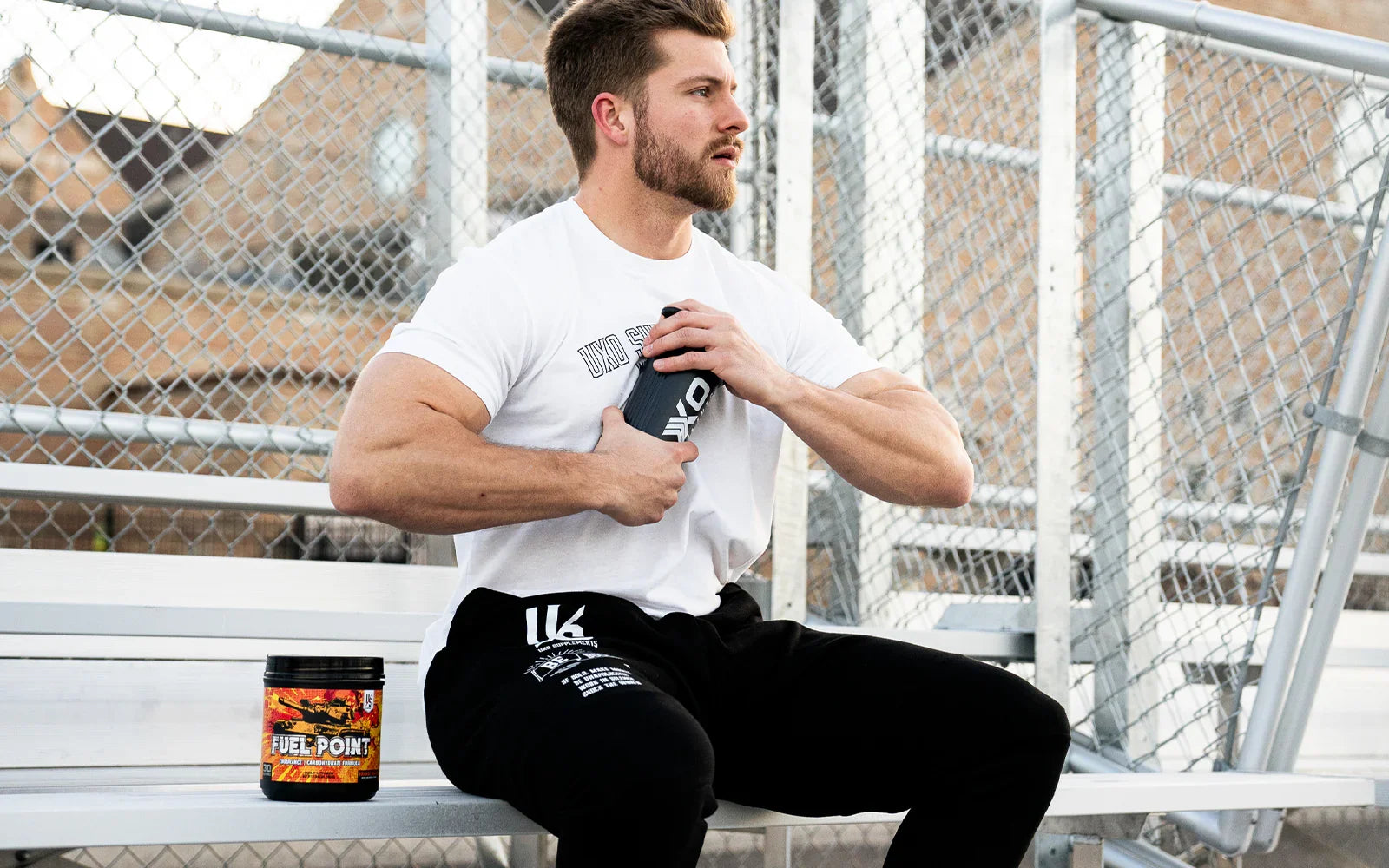
Discover how carb timing impacts performance. Learn why intra-workout carbs like Cluster Dextrin and Carb10® are key for energy, endurance, and recovery.

How collagen works in your body When you drink a scoop of collagen, it breaks down into tiny peptide fragments that show up in your bloodstream within 1–2 hours. Your body then uses those fragments...




